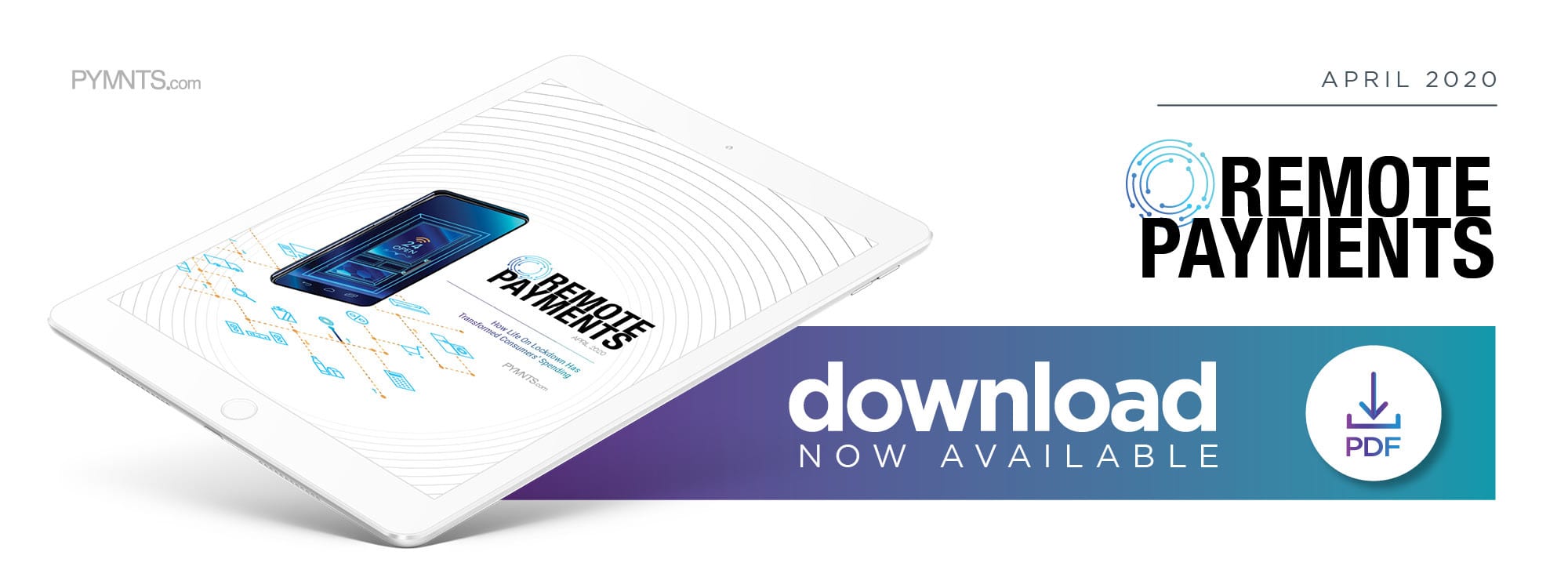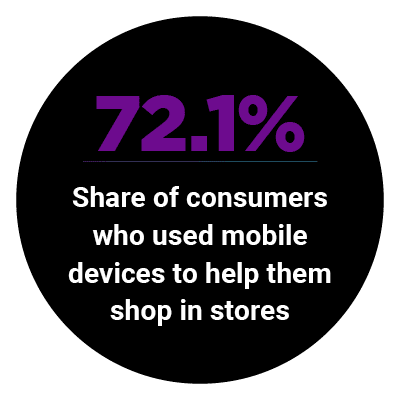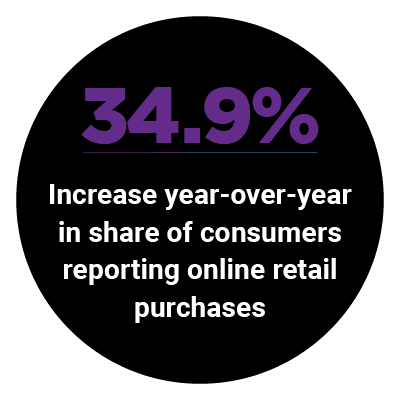NEW DATA: Five Ways Social Distancing Is Transforming Retail

 COVID-19 has driven consumers indoors — and online. Consumers are 30.6 percent more likely to make their purchases online in 2020 than they were in 2019, underscoring the increased reliance on digital commerce now that retail stores are closed until the pandemic recedes.
COVID-19 has driven consumers indoors — and online. Consumers are 30.6 percent more likely to make their purchases online in 2020 than they were in 2019, underscoring the increased reliance on digital commerce now that retail stores are closed until the pandemic recedes.
 Yet consumers’ increasing dependence on connected devices to shop extends beyond remote shopping. PYMNTS research shows that consumer usage of mobile devices in stores has also increased since 2019, with the share of consumers who report using their mobile devices to enhance their in-store experiences having increased from 49.6 percent to 72.1 percent during the last year.
Yet consumers’ increasing dependence on connected devices to shop extends beyond remote shopping. PYMNTS research shows that consumer usage of mobile devices in stores has also increased since 2019, with the share of consumers who report using their mobile devices to enhance their in-store experiences having increased from 49.6 percent to 72.1 percent during the last year.
Now that consumers are following stay-at-home orders, how has social isolation transformed the way consumers browse, shop and pay?
In the 2020 Remote Payments Study, PYMNTS surveys 3,477 consumers to learn how life on lockdown has transformed consumer spending habits — and the results are, at times,  surprising.
surprising.
Our research shows that consumers are not only shopping more online as the lockdown progresses — they are also using their connected devices to shop for more discounts, especially while shopping in stores.
The share of consumers who report using their mobile phones to look up discounts while shopping in stores increased from 46.6 percent to 54.2 percent in the last year, and the share who used them to gain loyalty credit has increased from 26.8 percent to 34.8 percent. This is indicative not only of consumers’ increasing preference for digital over brick-and-mortar commerce but also on their increasing appetite for savings in the face of a new, uncertain economic reality.
So which industries are feeling the greatest pressure to adapt to customers’ rapidly shifting demands? Moreover, what retailers, in particular, are benefiting and which are losing as their customers’ appetites for digital commerce and deals increase?
These, and many other questions, are explored in-depth in PYMNTS’ 2020 Remote Payments Study.
To learn more about how the new year, and all-new circumstances, have transformed consumer spending habits, download the report.



